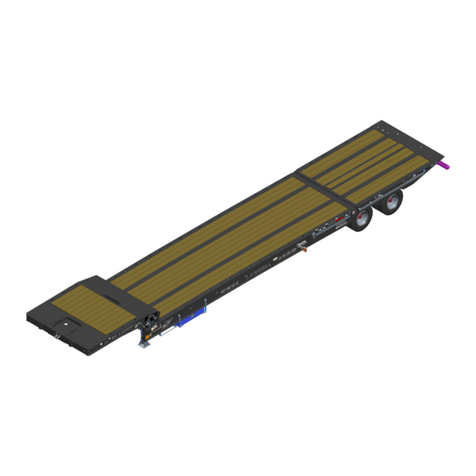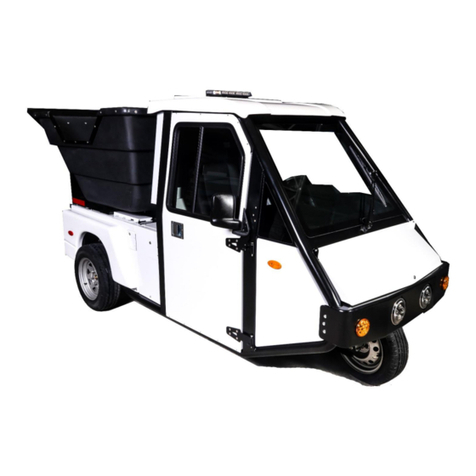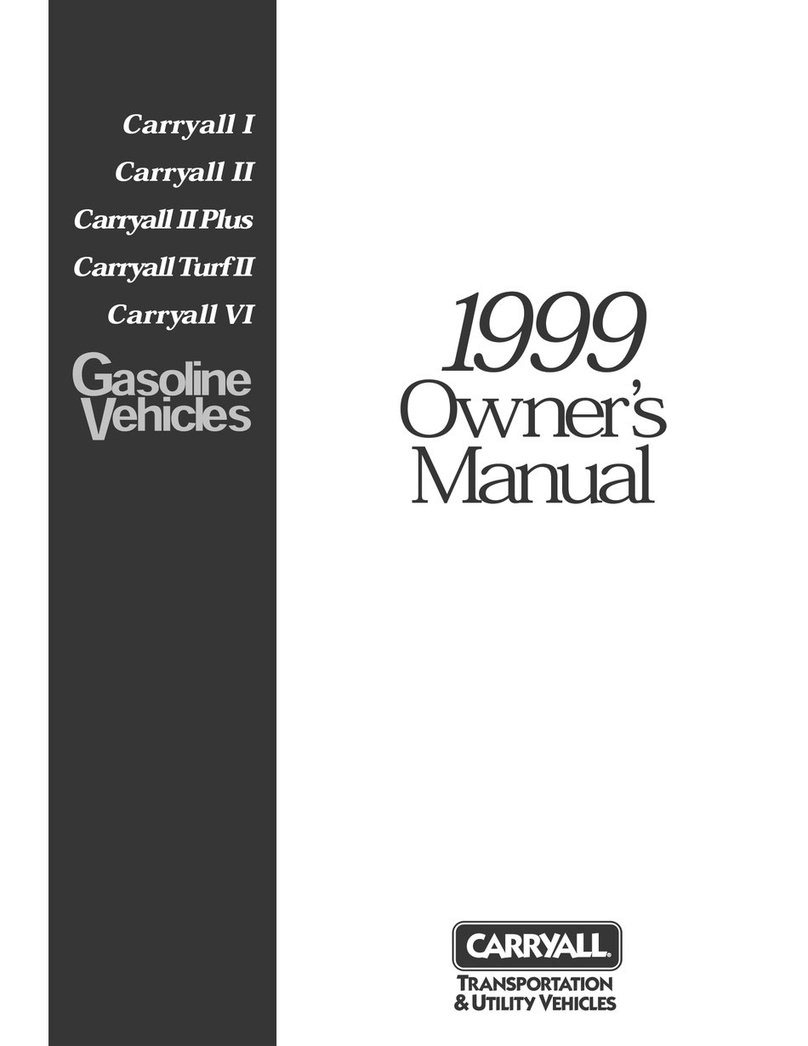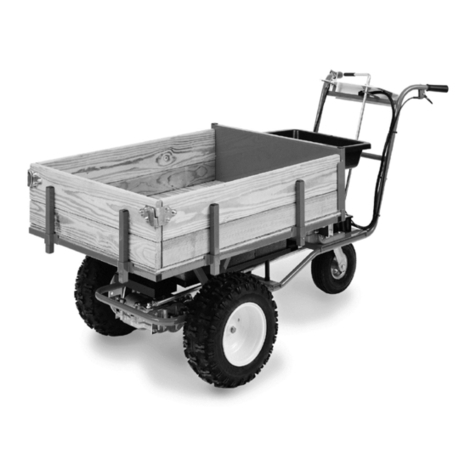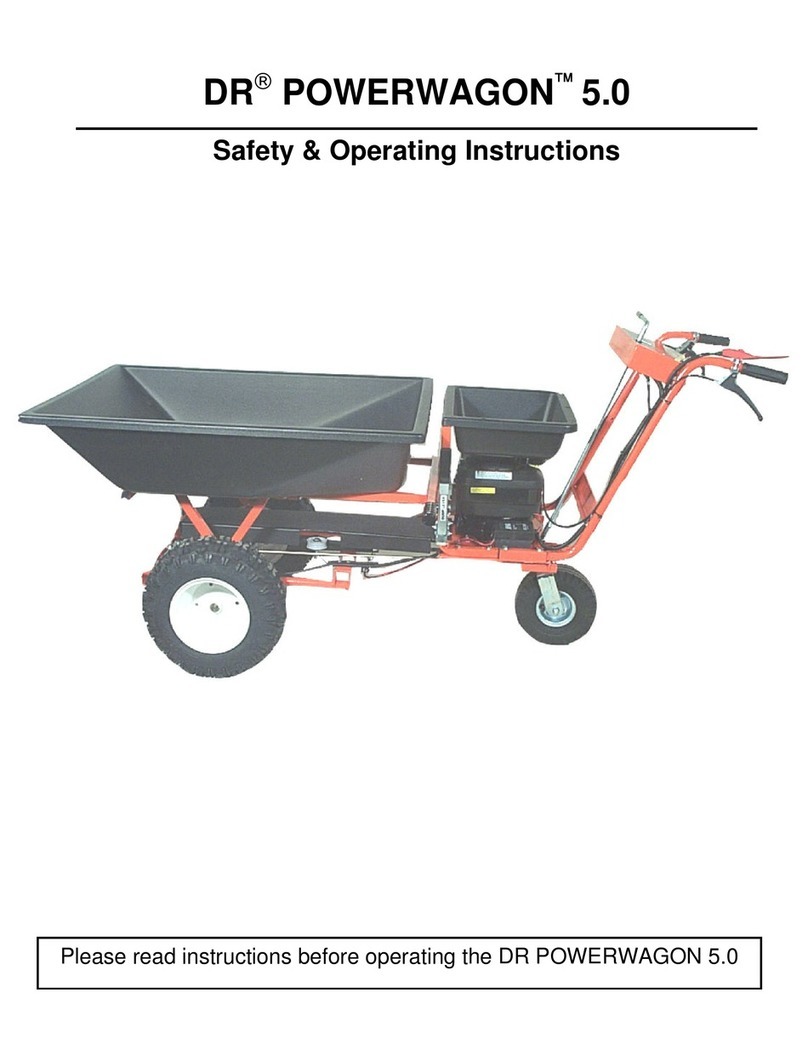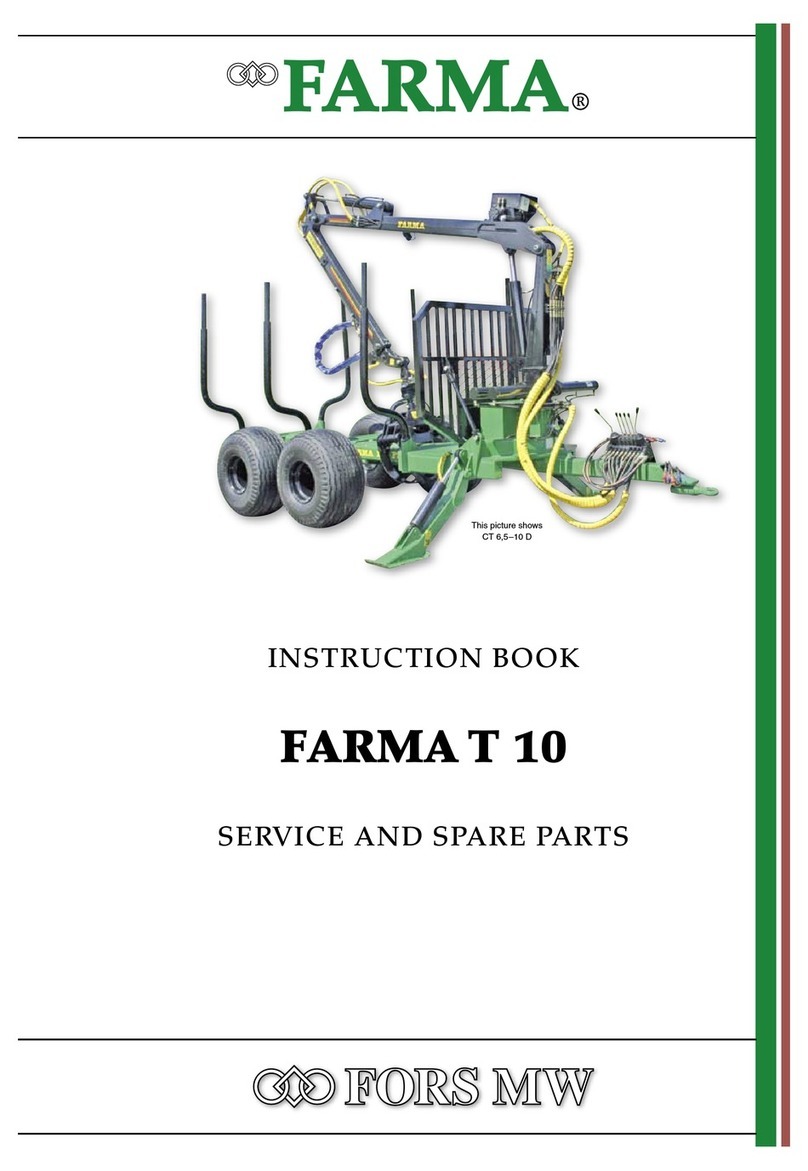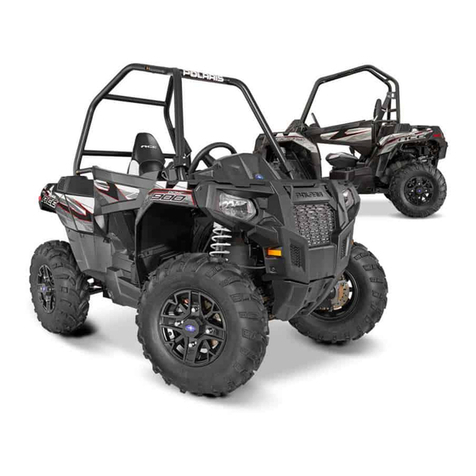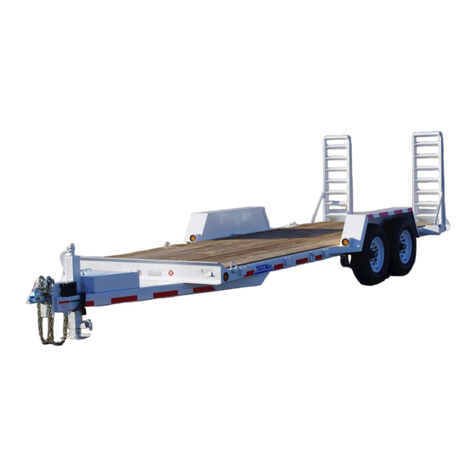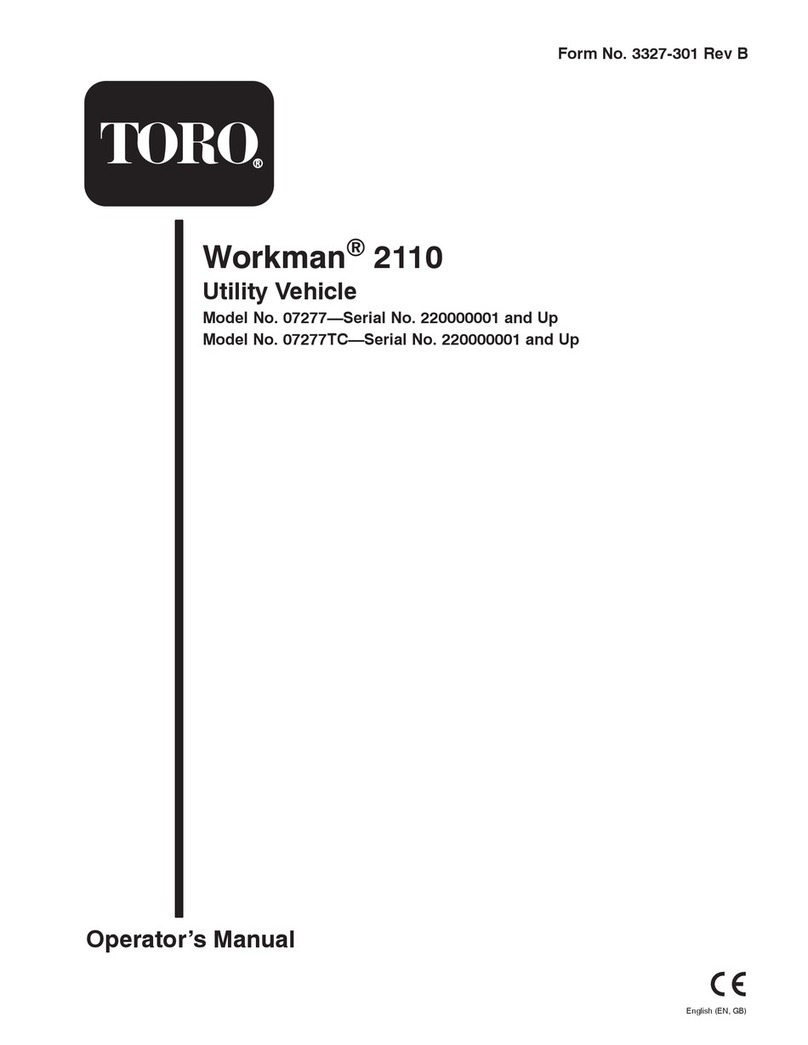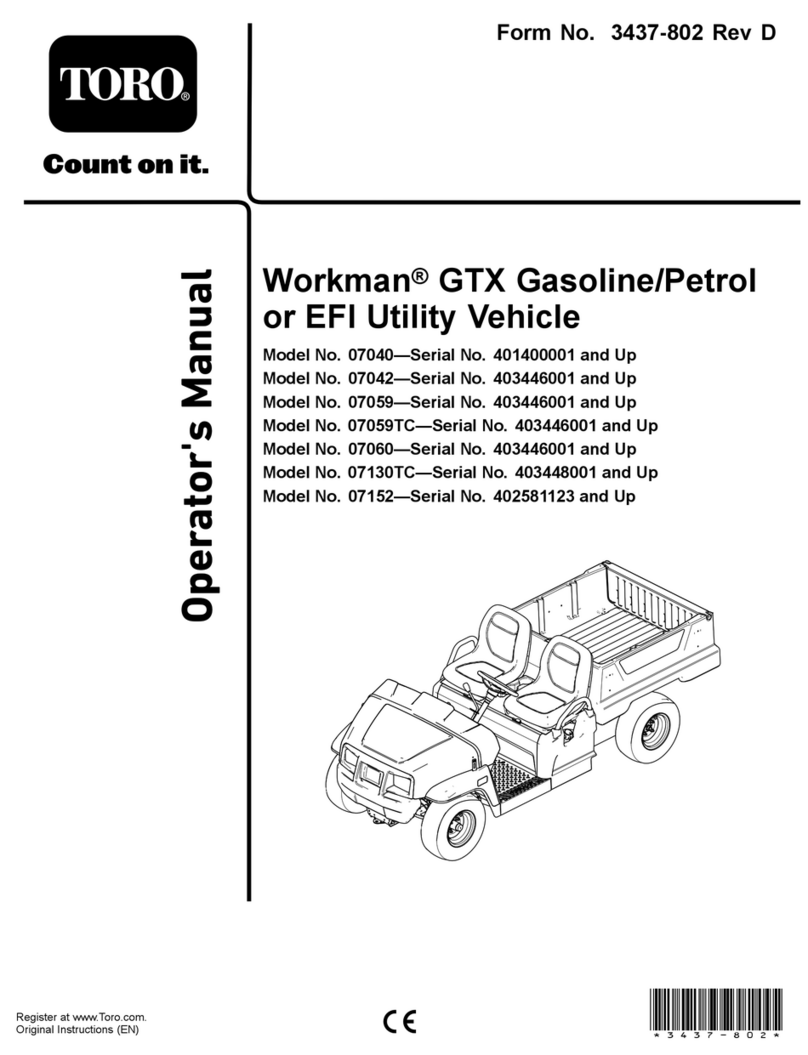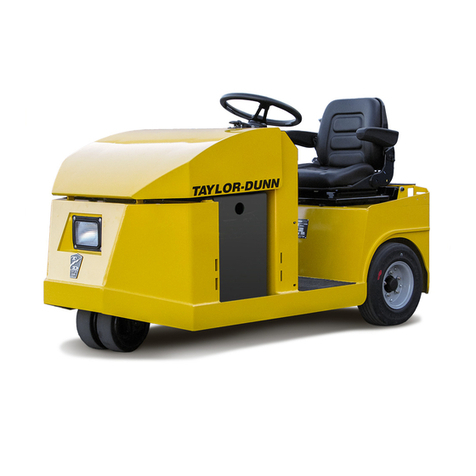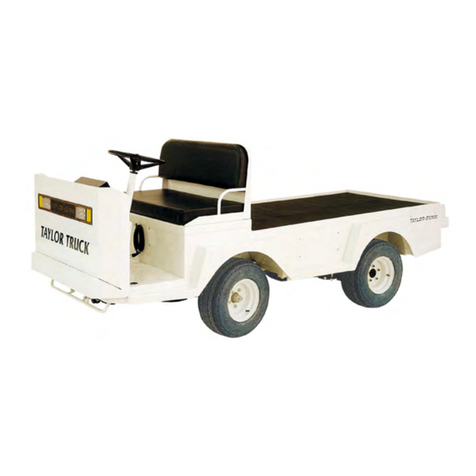
4DR® VERSA TRAILER™
Protecting Yourself and Those around You
You must operate the Trailer safely. Unsafe operation can create a number of hazards for you, as well as anyone else in the nearby
area. Always take the following precautions when using this trailer:
Never exceed the rated towing capacity of the Tow Vehicle. Keep in mind that the operator or user is responsible for accidents
or hazards occurring to other people, their property, and themselves.
We recommend wearing gloves and protective goggles or safety glasses with side shields while assembling or using the DR
VERSA TRAILER and the supplied Winch.
Wear shoes with non-slip treads when assembling or operating your Trailer. If you have safety shoes, we recommend wearing
them. Do not assemble or use the Trailer while barefoot or wearing open toed footwear.
Wear long pants while assembling or operating the DR VERSA TRAILER and a long sleeved shirt to protect from accidental
scrapes, cuts, or abrasions that may result.
Do not transport people on or inside the Trailer. The transport of people can result in injury or death and may be illegal, as the
Trailer has not been designed to carry passengers.
Do not transport flammable, explosive, poisonous, or other dangerous materials in your Trailer.
Safety for Children and Pets
Tragic accidents can occur if the operator is not alert to the presence of children and pets. Children are often attracted to the
Trailer and the hauling activity. Never
assume that children will remain where you last saw them. Always follow these precautions:
Keep children and pets at least 30 feet away from the working area and ensure they are under the watchful care of a responsible
adult.
Be alert and stop what you are doing if children or pets enter the work area.
Never allow children to operate the tow vehicle or the DR VERSA TRAILER.
Use care when backing up to make sure the area is clear of children, pets, and other objects that could result in damage or injury.
General Safety
Operating this DR VERSA TRAILER safely is necessary to prevent or minimize the risk of death or serious injury. Unsafe operation
can create a number of hazards for you. Always take the following precautions when operating this Trailer:
Your DR VERSA TRAILER is not a plaything. Exercise extreme caution at all times. The Trailer is designed for hauling material.
Do not use it for any other purpose.
Know how to operate and stop the Tow Vehicle quickly; refer to the Tow Vehicle’s Owner’s Manual.
Never, under any conditions, remove, bend, cut, fit, weld, or otherwise alter standard parts on the DR VERSA TRAILER.
Modifications to your Trailer could cause personal injuries and property damage and will void your warranty.
Before performing any maintenance or inspection procedure on the DR VERSA TRAILER, park first on flat, level ground. Place
Vehicles with Automatic Transmission in Park. For Vehicles with Manual Transmission, place Vehicle in the configuration
recommended by the Vehicle's Owner’s Manual. Set the Tow Vehicle's Parking Brake (if equipped), shut the Engine OFF, and
remove the Key. Chock the wheels of the Tow Vehicle to ensure that the Vehicle cannot move. Ensure that the Bed of the
Trailer is completely lowered and is resting on the Frame of the Trailer.
Never allow people who do not understand and/or have not read this Safety and Operating Instructions Manual to use the DR
VERSA TRAILER. Allow only responsible individuals who are familiar with these rules of safe operation and the safe operation of
your Tow Vehicle to use your Trailer.
Never overload the Trailer. Personal injury or damage to the Trailer may result. Damage caused to the Trailer can void the Warranty.
While using the DR VERSA TRAILER, don't hurry or take things for granted. When in doubt, stop the Tow Vehicle and take the
time to look things over.
Never operate the Trailer when under the influence of alcohol, drugs, medication, or if mentally or physically impaired.
Stay alert for hidden hazards or traffic.
Keep all nuts and bolts tight and keep the Trailer in good operating condition as outlined in Chapter 4: Maintaining the DR
VERSA TRAILER.

